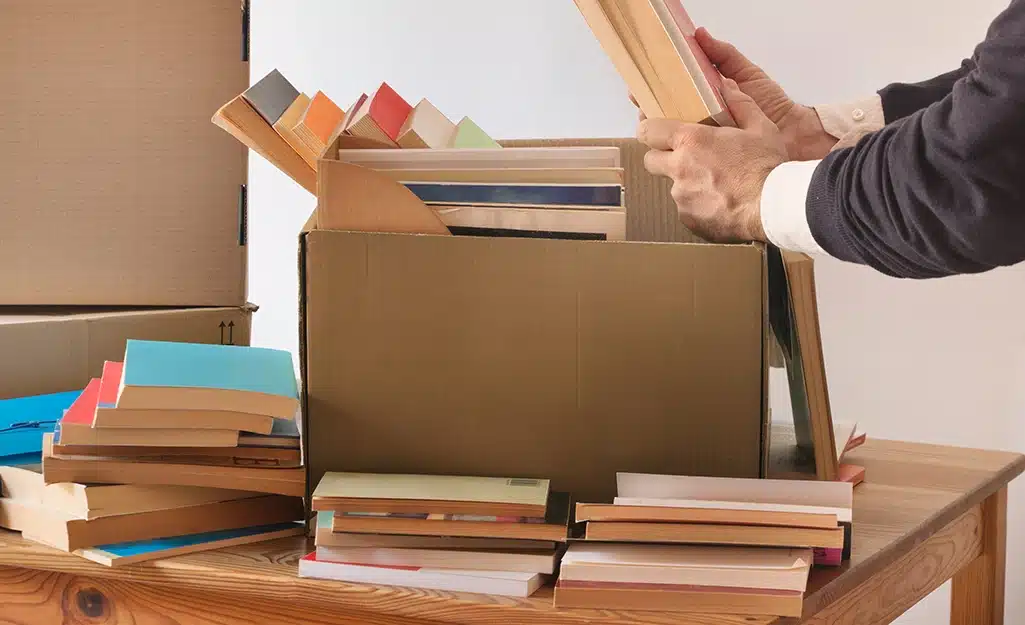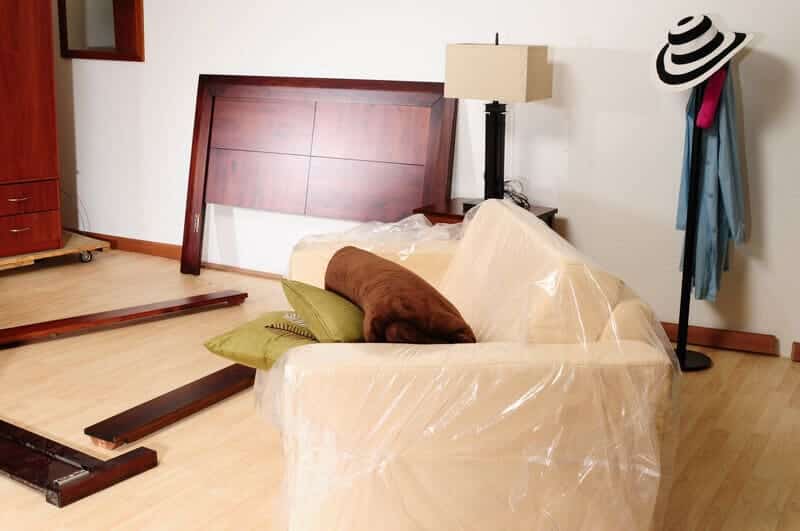6 Best Ways to Pack Books for Moving – Planning to relocate your home locally or within a country, but worried about how to pack books for the move? If so, then you have landed at the right place. Packing books for a move seems like an easy task, but the real challenge comes when you have a massive book collection to pack. To make your task easy, we provide some effective and best 6 ways to pack books for moving. So, keep reading this blog and learn how to pack books during relocation.

With the right planning and strategy, you can keep your books looking fresh during your move. Here, we provide you with a step-by-step guide on how to pack your books for moving. This will make your process easy and save you lots of time.
Pack Your Books For Moving
Whenever you need to move your books, then packing is the first step to make you safe, enhances your books’ safety during transit. It doesn’t take long for a box of books to become surprisingly heavy and unsafe for the books and the person moving them. These factors make it wise to use smaller boxes to prevent overpacking.
Things You Will Need to Pack Your Books
To begin with, you will require moving boxes. The most cutting-edge moving boxes are essential for packing your books efficiently, which is perfect for moving your books. Singh Movers and Packers also offers a wide variety of packaging boxes that are effective and good for packing your books.
Additionally, you will need to use quality tape to secure the box! If you want to enhance the durability, you can use brown packing tape, or for a little extra security, you can use masking tape. Another advantage of the masking tape is that it will be much easier to remove once you’re at your new residence. You can also use bubble wrap, newspaper, or tissue to keep your books free from damage and moving around freely.
How to Move Books | 6 Best Tips for Moving Books
We understand that moving is an exciting and quite daunting task, especially when you move your books. Packing and moving books becomes overwhelming when you are not a professional. Getting perfect strategies and tips to move books during relocation can make your task easy and help in avoiding the common mistakes.
# Use Small, Sturdy Boxes for Packing Books
People always use big boxes for packing their books, and pack all the books, which makes it heavy to lift. Moreover, it raises the chances of breaking and damage. With small dimensions, a sturdy box will support the weight of your books.
- Always use sturdy boxes that are designed for heavy items.
- Do not use worn-out boxes that may collapse under the weight.
- Always consider specialty book boxes for moving purposes.
# Choose the Books that You Need To Move
If you are planning to move the books but are still worried about how to move it, then it is a perfect time to do things to make your move easier. First of all, select the books that you want to relocate and wipe the dust from your old book collection. It helps you to protect your books from scratches caused by the dust in transit.
# Pack Your Books Flat or Upright
With two common ways you can arrange your books inside boxes: standing upright, like on a bookshelf, or flat stacking. Pack the heaviest books first, which makes it easier to lift the box during relocation.
- Stack books one on top of the other by arranging them flat in piles. If your boxes are wide and shallow, this method will work well.
- Books should be arranged like they would on a shelf, with the spine facing down or to the side.
Both methods are perfect to protect your books and work as a safeguard for the books, but for greater stability, pick one and use it consistently within each box.
Refrain from combining the two styles in a single box, as this may cause books to move during shipping and sustain damage. Additionally, you can use brown tape to secure the box during transit.
# Use Protective Padding to Prevent Damage
If you pack your books without using a protective pad raise the chances of damaging, getting scratched, and being bent. Below, we list some protective padding that provides a protective layer for your books when you move.
- Line the box bottom with bubble wrap – You can place bubble wrap, packing paper, newspaper, and crumbled newspaper before placing your books inside the box.
- Pack your valuable and antique books individually by using a soft cloth or packing paper.
- Fill the gap of the box by using crumbled paper or bubble wrap.
Using these small tips or padding not only protects your books but also helps in keeping your box sturdy.
# Provide a Carefully Labeled Box
As we said above, moving is a daunting task that requires lots of time and strength. Sometimes we lose track of what’s inside the box; therefore, proper labeling is essential. It saves your time and frustration during the unpacking of your items.
# Avoid Overpackaging or Box
When you use small boxes then you put your books inside the box and cover the space with bubble wrap or newspaper. Do not overpack your box; it can become too heavy to carry safely. Moreover, it increases the chances of failing or dropping boxes.
# Use Plastic Bags for Loss of Paper Books
You can use a plastic bag to pack your loose books that don’t stack well or take up too much space. Use plastic or zip lock bags to pack your books together. Place your books inside the books by using padding.
Conclusion
Books are not just objects to pack either; they hold sentimental values. By using above mentioned steps, you can easily pack your books and move without any stress or damage to your collections. Moreover, it saves you time and headaches both while you relocate your home.
FAQs About Tips Pack Books for Moving
What is the best way to pack books for moving without damaging them?
You can use small boxes, sturdy boxes, lay heavier books flat, and wrap valuable or antique books with packing paper or newspaper. Fill the space inside the box with crushed paper or bubble wrap.
What size boxes should I use for packing books?
You can use small to medium-sized boxes for packing your books. Books are heavy, and large boxes can raise the chances of damage and breakage.




